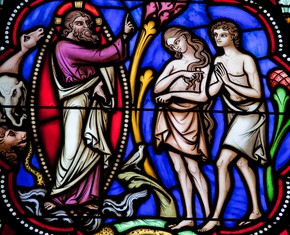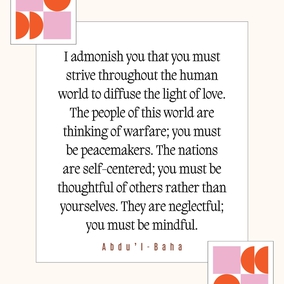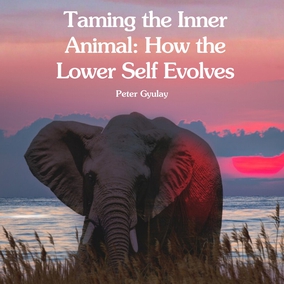The views expressed in our content reflect individual perspectives and do not represent the authoritative views of the Baha'i Faith.
The long letter called Epistle to the Son of the Wolf, written near the end of Baha’u’llah’s life, occupies a unique place in all of religious literature.
Baha’u’llah’s message—initially addressed to a cruel enemy of the Baha’i Faith, Shaykh Aqa Najafi, known as “the son of the wolf”—today addresses the entire world. In his Epistle, Baha’u’llah spoke to all people and summarized his teachings. While the Epistle provides a wealth of individual wisdom, it is the collective vision that is revolutionary.
Reading Epistle to the Son of the Wolf can help answer two important questions: who is Baha’u’llah, and what is the central teaching of the Baha’i Faith?
In his book, Baha’u’llah spoke of a striking, mediated relationship between the Creator and humanity. From a Baha’i perspective, God shines the light of knowledge and spiritual inspiration on His prophets, who in turn guide the human world. From the outset humanity’s goals are made clear: “… Thou hast created me to remember Thee, to glorify Thee, and to aid Thy Cause.” – Baha’u’llah, Epistle to the Son of the Wolf, p. 3.
In one way, Epistle to the Son of the Wolf teaches us all about relationships. The reference to God, the mediator, and humanity is immediately preceded by these words, which refer to the prophets and mediators as “Him:”
Through Him the light of unity hath shone forth above the horizon of the world, and the law of oneness hath been revealed amidst the nations, who, with radiant faces, have turned towards the Supreme Horizon … – Ibid., p. 2.
Baha’u’llah foresaw a spiritual world coming, where unity and oneness will prevail—and he saw those goals long in advance of others during his life. “Through Him the light of unity … and the law of oneness” define a time when the world’s nations can achieve true peace and unity:
Ye are the fruits of one tree, and the leaves of one branch. Deal ye one with another with the utmost love and harmony, with friendliness and fellowship. … So powerful is the light of unity that it can illuminate the whole earth. The One true God, He Who knoweth all things, Himself testifieth to the truth of these words. – Ibid., p. 14.
These words represent the central ideal of Baha’i belief—a declaration of the happy goal of organic global unity.
Epistle to the Son of the Wolf says unity is a force of light, so powerful that it can illuminate the whole Earth. Not only did Baha’u’llah announce the goal of international unity, but he also outlined the guiding methods to achieve it. Everyone is called to action, and Baha’u’llah presents a plan we can all follow to bring about that unity.
One main focus of Baha’u’llah’s message anticipates the unity of the messengers and the union of the human race itself. Baha’u’llah said that this realization—the oneness of the messengers—must ultimately lead to the harmony of faiths:
The Divine Messengers have been sent down, and their Books were revealed, for the purpose of promoting the knowledge of God, and of furthering unity and fellowship amongst men … These principles and laws, these firmly-established and mighty systems, have proceeded from one Source, and are rays of one Light. That they differ one from another is to be attributed to the varying requirements of the ages in which they were promulgated. – Ibid., p. 13.
In his Epistle, Baha’u’llah objects strongly to disunity, discord and religious prejudice:
That the divers communions of the earth, and the manifold systems of religious belief, should never be allowed to foster the feelings of animosity among men, is, in this Day, of the essence of the Faith of God and His Religion. – Ibid.
Baha’u’llah summons humanity to reach this new inescapable goal. Remarkably, his words declare: “We, verily, have come to unite and weld together all that dwell on earth.” – Ibid., p. 24.
















Comments
Sign in or create an account
Continue with Googleor